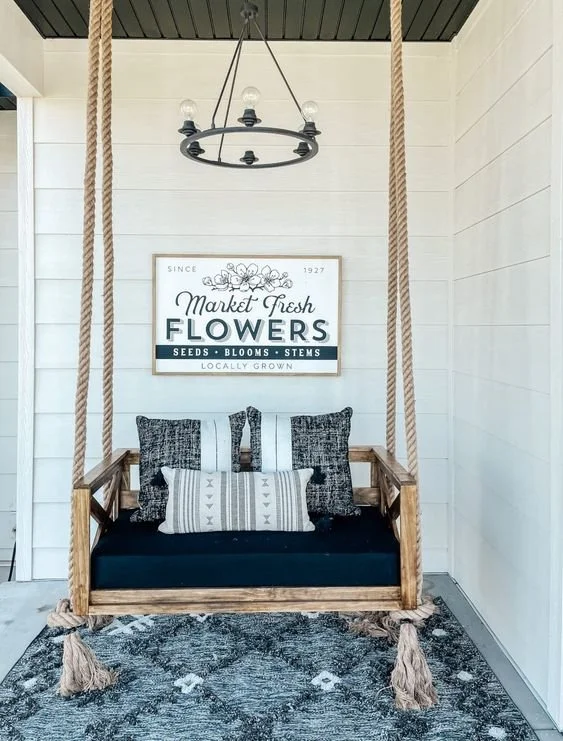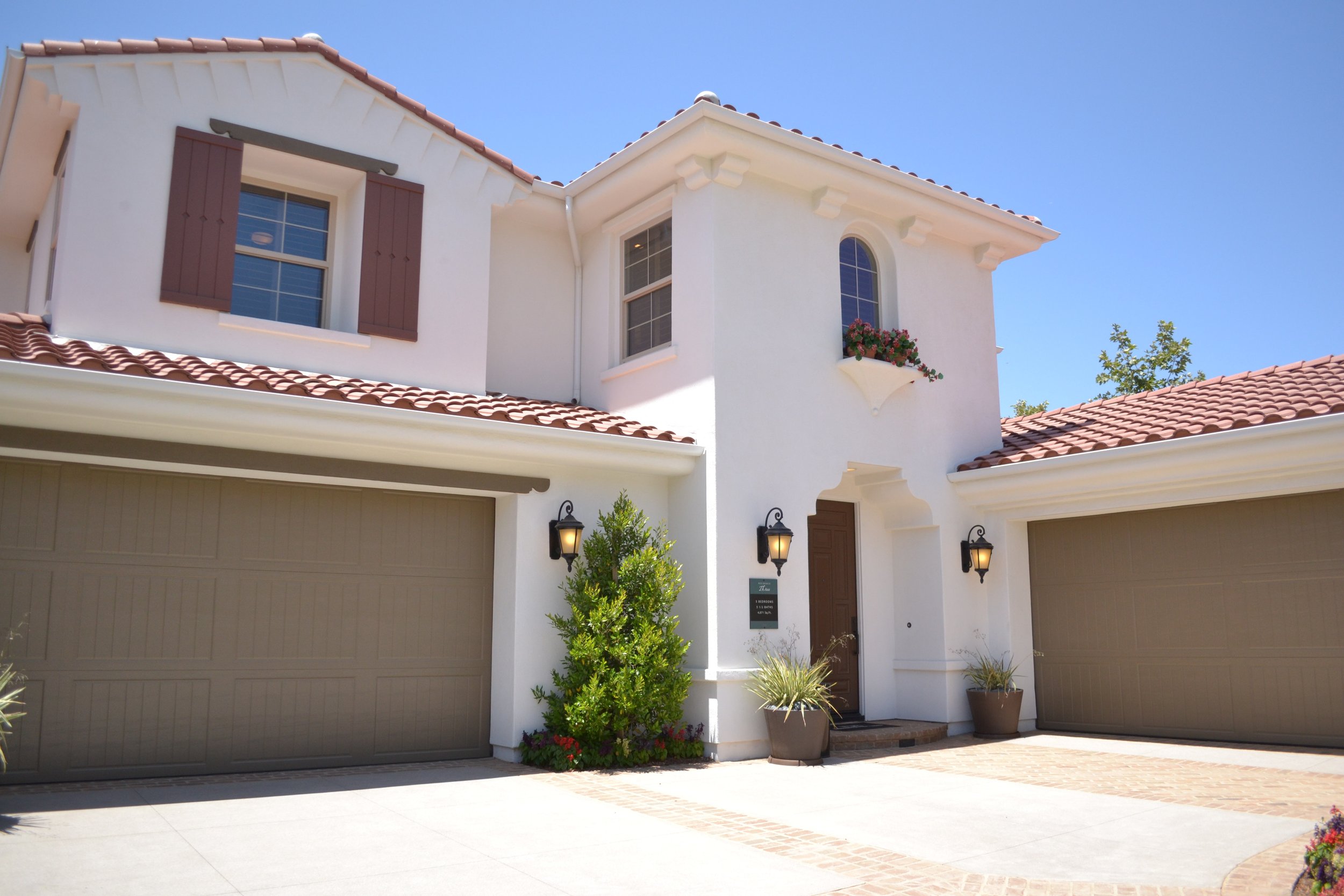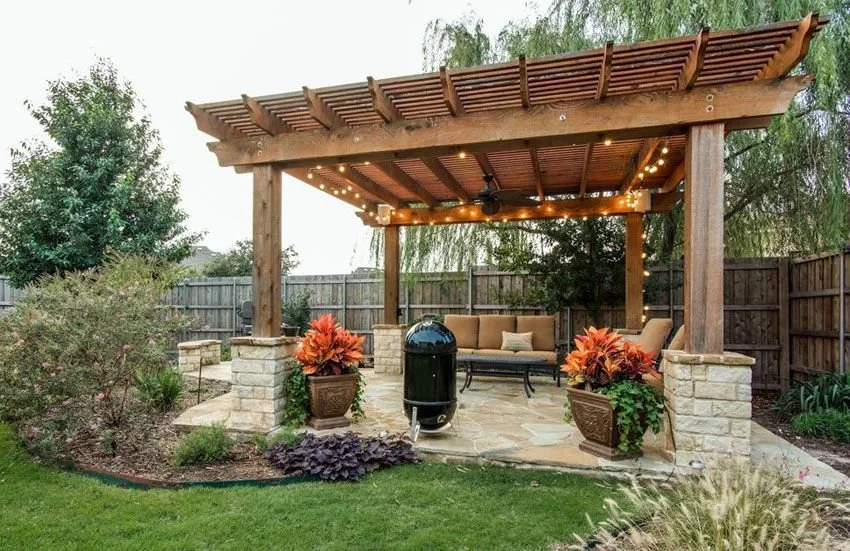8 Bathroom Repairs That Should Be Left to the Experts
RH Business Marketing Solutions
Do you have a broken toilet, dripping sink, or other common household plumbing problem? DIY bathroom repairs can seem like an easy fix for the amateur handyman, but when it comes to certain tasks, calling in a professional plumber is your best bet. These repairs should only ever be completed by the experts! Read on to find out which ones they are.
Shower And Tub
This is certainly one area where it's especially true that expert help is needed. Many homeowners call professionals to help them with shower sealing projects so they can be completely sure everything runs smoothly afterward. This is true for a lot of other jobs regarding these elements.
While it may seem like a simple task to swap out your old tub for a new one, there are many factors to consider, such as plumbing connections and proper sealing to prevent water damage. Additionally, if the installation is not done correctly, it could lead to more expensive repairs down the line. By relying on the expertise of professionals, you can rest easy knowing that your new shower or tub has been installed correctly and will provide you with many years of use.
Plumbing
When it comes to bathroom repairs, plumbing is one task you definitely shouldn't try to DIY. Sure, it might seem like a simple job - just replace a leaky faucet or fix a clogged toilet, right? But trust your handymen when they say that one wrong move could lead to a major disaster. That's why it's always best to leave plumbing work to the experts.
Not only do professional plumbers have the skills and experience to get the job done right, but they also have the tools and equipment to tackle even the trickiest of plumbing issues. Plus, hiring one can save you time, money, and stress in the long run, since they'll ensure that the repair is done correctly and won't cause any further damage. So next time you're facing a plumbing problem in your bathroom, don't hesitate to call in the pros. Your pipes (and your wallet) will thank you!
Electrical
When a bathroom repair is needed, it's natural to want to save money by taking on the work yourself. However, when it comes to electrical issues, it's important to know that not all repairs are safe for an amateur electrician. In fact, this kind of work in a bathroom can be especially dangerous due to the environment's high levels of moisture. As a result, it's highly advised to leave the electrical work to the experts.
Professionals are equipped with the necessary knowledge and tools to handle the job safely, ensuring that your bathroom is up to code and fully functional. Plus, by hiring an expert, you can have peace of mind knowing that your bathroom and your family are protected.
Tile And Grout
Tile and grout repair also falls into the category of projects that should be left to the professionals. It involves the following complex steps:
inspection
preparation
tile replacement
grout repair
sealing
While it may seem simple enough to fill in cracks or re-grout tiles, there are many factors that can affect the longevity and effectiveness of these repairs. Professionals have the skills and tools needed to properly assess the condition of your tiles and grout, as well as the proper techniques for repairing or replacing them. Trusting the experts with this repair can save you time, and money, and ensure that the job is done correctly.
Flooring
Bathroom flooring endures daily exposure to water, humidity, and cleaning products, which can cause damage over time. A professional installer has the knowledge and expertise to select the right type of flooring material and installation techniques that will endure these conditions.
They also possess the necessary tools and equipment to properly remove the old flooring and install new materials without causing damage to plumbing and other bathroom fixtures. Choosing to hire a professional for your bathroom flooring repair not only saves you time and hassle but also helps ensure that your flooring will look great and last for the long haul.
Waterproofing
When it comes to repairing a bathroom, waterproofing is crucial for preventing any potential damage. However, this is a job that should not be taken lightly. It requires a certain level of expertise and knowledge to ensure that the job is done correctly. While it may be tempting to take on the task yourself, it's best to leave it to the professionals.
They have the knowledge and experience needed to properly waterproof your bathroom, which can save you from costly repairs in the future. By trusting the experts to handle this important task, you'll have peace of mind knowing that your bathroom is properly protected against water damage.
Toilet
Another bathroom project you shouldn't do on your own repairs and installations regarding the toilet. While it may seem like a simple job, there are many technical aspects involved, from understanding the plumbing system to ensuring the proper installation of the toilet bowl and flushing mechanisms.
Hiring an expert to carry out toilet repairs will not only save you from the headache of DIY attempts going wrong but also ensures your safety and protection against any potential hazards that may arise from faulty repairs. So if you're faced with a broken or malfunctioning toilet, do yourself a favor and leave it to the experts.
Mold Remediation
Mold remediation is a bathroom repair that's complex and potentially dangerous. While it may be tempting to clean mold yourself, it's important to understand the risks. Improperly handling mold can lead to health problems and unintentionally spread the spores throughout your home. Professionals have the necessary equipment and expertise to perform mold remediation safely and effectively.
In addition to removing the mold, they can also identify any underlying causes and provide guidance on preventing future mold growth. Don't take chances with your health and home - leave mold remediation to the experts.


















